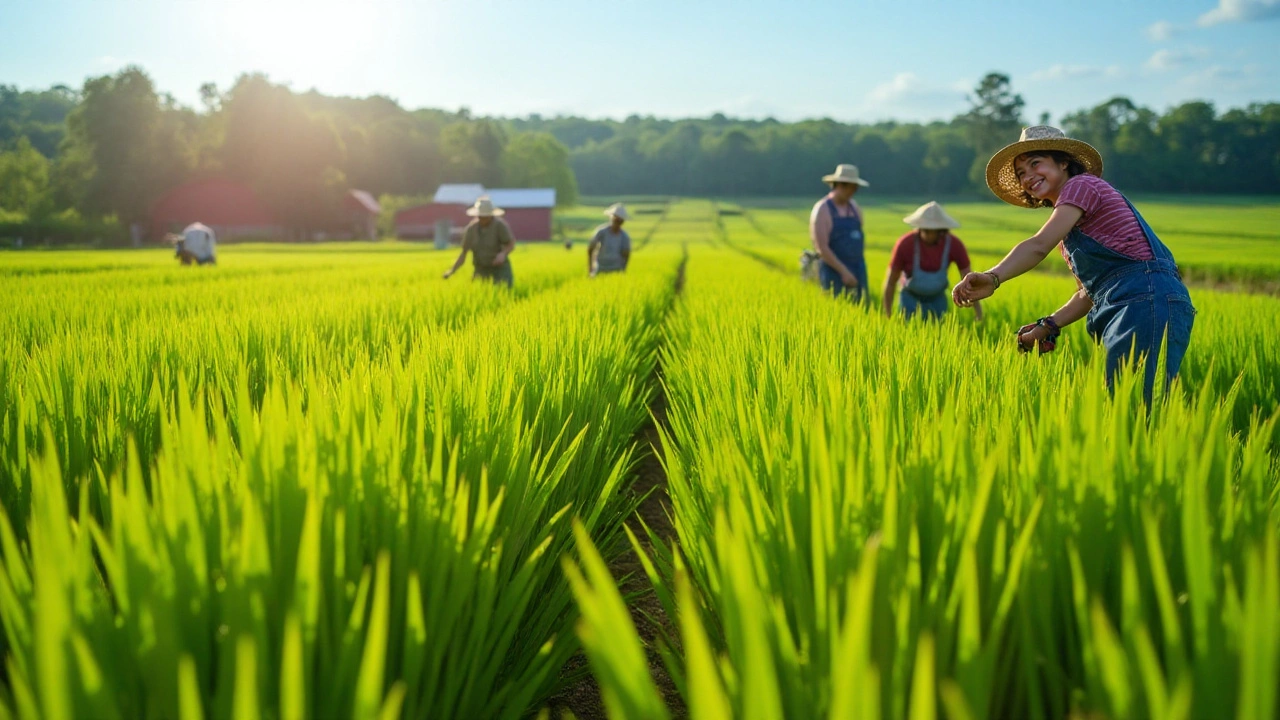Root Health: Why It Matters and How to Improve It
When caring for root health, the condition of a plant's underground system that absorbs water and nutrients. Also known as root vitality, it directly shapes soil health, the overall quality of the growing medium, including structure, biology, and chemistry and drives nutrient uptake, the process by which roots draw essential minerals from the soil into the plant. A thriving root system also depends on mycorrhiza, symbiotic fungi that extend root reach and improve nutrient access and on proper watering practices, the timing and amount of water applied to keep soil moisture balanced. In short, root health encompasses soil health, requires adequate watering, and is boosted by mycorrhizal partners. When any of these pieces slip, you’ll see wilting, stunted growth, or nutrient deficiencies.
Start by checking soil texture; loamy mixes hold water without drowning roots, while heavy clay can suffocate them. Adding organic matter like compost raises microbial activity, creating a friendlier environment for mycorrhiza and enhancing nutrient availability. Keep an eye on pH—most vegetables thrive between 6.0 and 7.0, which lets roots absorb iron, phosphorus, and potassium efficiently. When it comes to watering, aim for deep, less‑frequent applications; this encourages roots to grow deeper and reduces the risk of root rot caused by constantly soggy conditions. Use a simple fingertip test or a moisture meter to gauge when the top inch of soil feels dry before you water again.
Root pruning is another practical tool. Trim back overly long or dead roots during transplanting to stimulate fresh growth and prevent tangled mats that block water flow. Pair pruning with a light dose of starter fertilizer rich in phosphorus, the nutrient that fuels root cell division. If you’re growing in containers, choose breathable pots that allow excess water to escape, and consider a light layer of mulch on the soil surface to keep moisture steady while protecting against temperature swings.
Lastly, think about biological allies. Inoculating soil with mycorrhizal spores or using compost teas packed with beneficial microbes can dramatically improve root expansion, especially in sandy or nutrient‑poor soils. These fungi act like natural extensions of the root system, pulling in phosphorus and micronutrients that would otherwise stay out of reach. Combine this with regular, moderate feeding—avoid over‑fertilizing, which can cause salts to build up and scorch delicate root hairs.
By focusing on these interconnected elements—balanced soil, proper watering, smart pruning, and fungal partners—you set the stage for robust root health. Below you’ll find a collection of articles that dive deeper into each topic, from container‑garden watering schedules to the science behind no‑till gardening, giving you actionable steps to keep your roots thriving.Key Factors for Strong Roots
Drip Irrigation Under Mulch: Worth It or Not?
Putting drip irrigation under mulch can be a game-changer for water conservation and plant health. This article digs into the benefits and possible issues of combining these two gardening techniques. Find out how to set up your system for the best results, learn a few tricks to avoid common mistakes, and see why some folks swear by this method. Is it right for your garden? Let’s break it down, so you can decide what works best for your space and your plants.
- manufacturing
- India
- food processing
- garden tips
- rice cultivation
- government schemes
- balcony garden
- urban gardening
- balcony gardening
- profitable business
- business ideas
- plastic manufacturing
- drip irrigation
- plant care
- steel manufacturing
- sustainable gardening
- startup ideas
- steel industry
- flower gardening
- textile manufacturers






